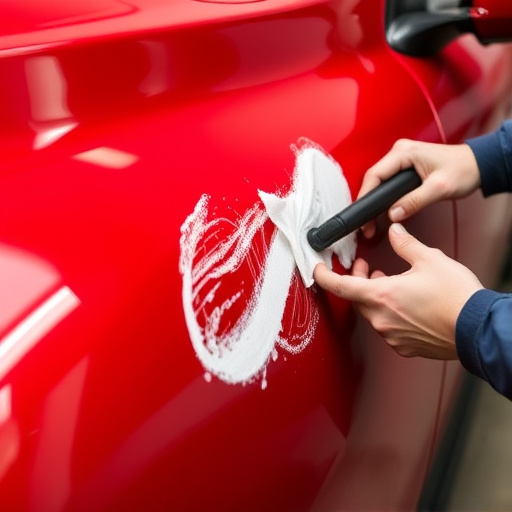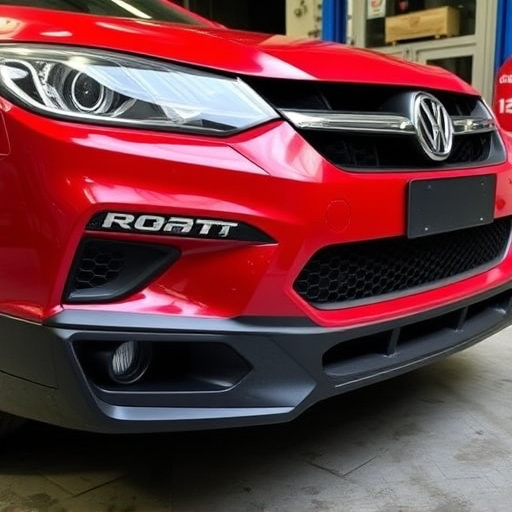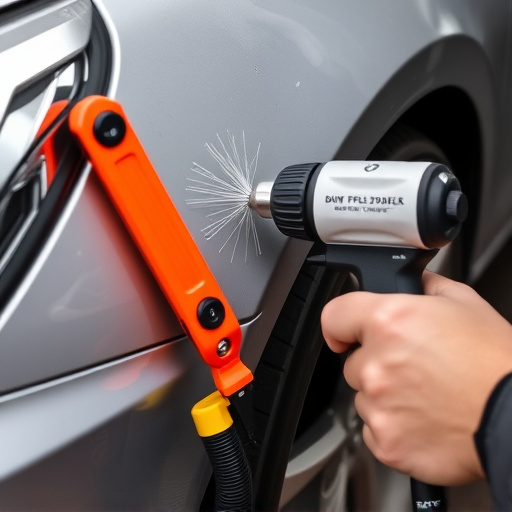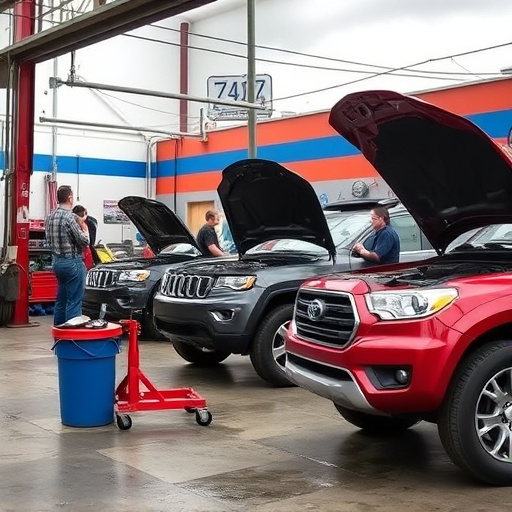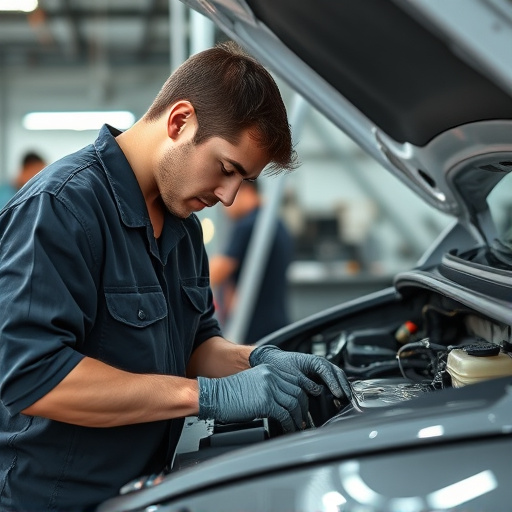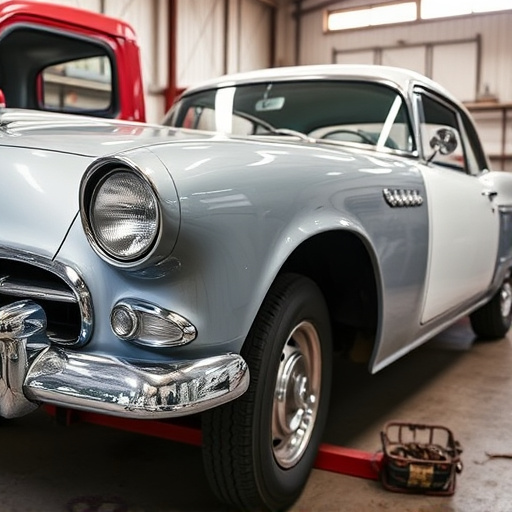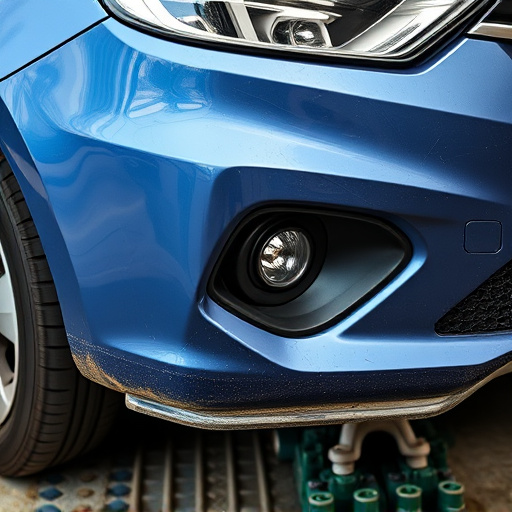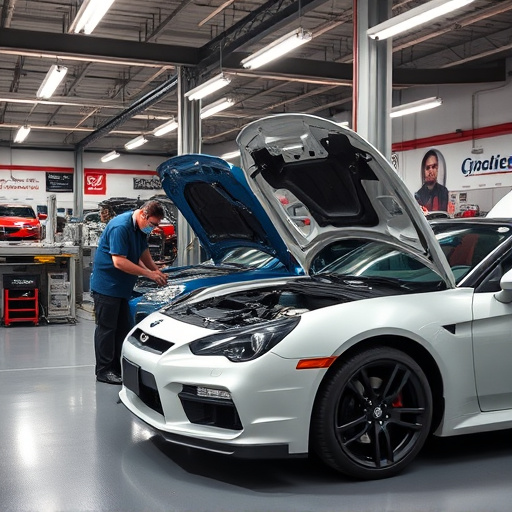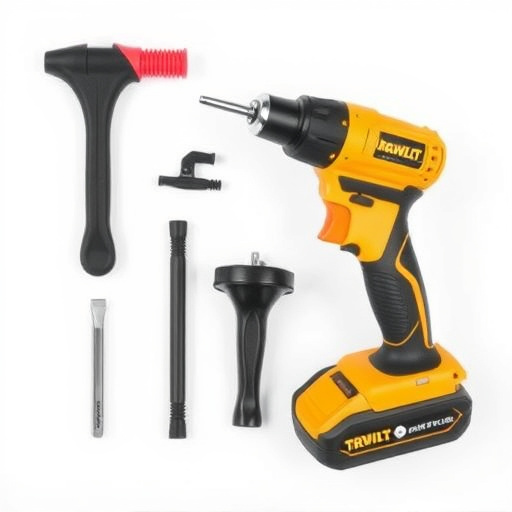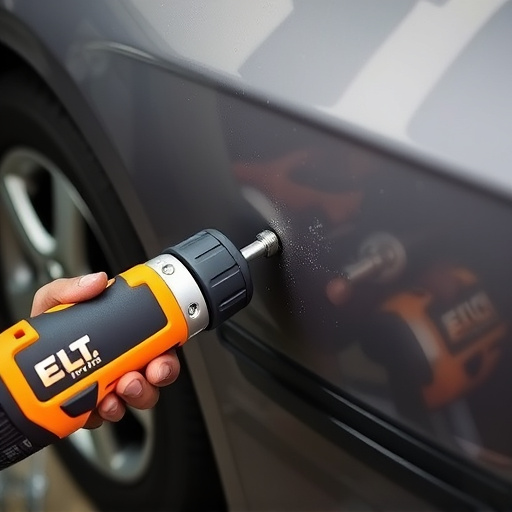Pedestrian safety features repair is a key differentiator in the auto collision center industry, impacting both vehicle aesthetics and resale value. Advanced safety systems like braking, collision warning, and lane departure alerts are increasingly sought after by car buyers. Specialized collision centers offer not just exterior restoration but also ensure these critical safety features function optimally, making vehicles more attractive to discerning buyers. Effective repairs, including dent removal and structural alignment, enhance both safety and visual appeal, signaling a well-maintained vehicle. This strategic focus on pedestrian safety feature repair is essential for auto body shops to stay competitive, satisfy customers, and drive business growth in the future through technological advancements and sustainable materials.
Pedestrian safety features have become integral to modern vehicle design, with implications for both new car buyers and those in the secondary market. This article explores how the repair and enhancement of these safety systems directly impact vehicle resale value. We delve into the significance of features like collision avoidance systems, lane departure warnings, and advanced braking technologies, analyzing their effect on market perception and resale prices. Additionally, we provide strategies for effective implementation and discuss future prospects in light of evolving safety standards.
- Understanding Pedestrian Safety Features and their Impact
- The Role of Repair in Enhancing Vehicle Resale Value
- Strategies for Effective Implementation and Future Prospects
Understanding Pedestrian Safety Features and their Impact

Pedestrian safety features are designed to protect individuals on foot when they come into contact with vehicles. These include elements like advanced braking systems, forward-collision warning, and lane-departure alert, among others. Understanding the impact of repairing or enhancing these safety features is crucial for both vehicle owners and auto collision centers. When a car undergoes repairs focusing on pedestrian safety features repair, it can significantly influence its resale value.
Vehicle paint repair alone might not be enough to enhance pedestrian safety; it requires a comprehensive approach within the automotive repair process. An auto collision center that specializes in these repairs ensures that the vehicle not only looks good as new but also functions optimally in terms of protecting pedestrians. This integration of safety features and aesthetic restoration is a game-changer in the used car market, where buyers are increasingly conscious of both style and security.
The Role of Repair in Enhancing Vehicle Resale Value
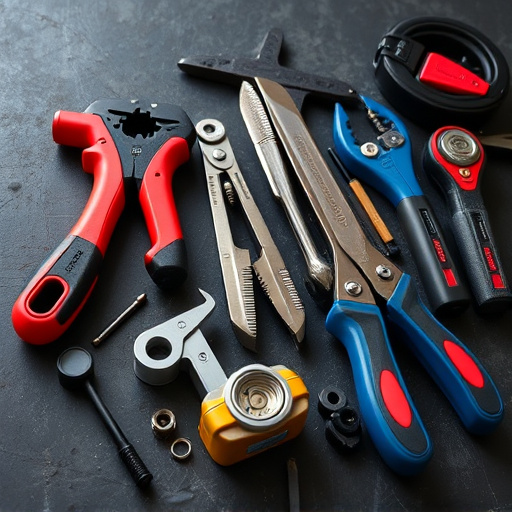
When it comes to enhancing a vehicle’s resale value, the impact of pedestrian safety features repair cannot be overlooked. In today’s market, buyers are increasingly conscious of a car’s overall safety profile, and investments in improving this aspect can significantly boost its appeal. Repairs that focus on pedestrian safety features not only make the vehicle safer for all users but also communicate to potential owners that the car has been well-maintained and cared for. This is particularly important as many buyers view a vehicle’s history and condition as critical factors in their purchasing decisions.
Pedestrian safety features repair plays a pivotal role in repairing dents, ensuring proper alignment, and restoring damaged components. Professional auto body repair services, including dent removal, contribute to the overall aesthetics and structural integrity of the vehicle. These repairs not only fix physical damages but also send a signal that the car has been handled with care and attention to detail. In light of this, investors in car repair services should recognize the potential long-term benefits for both themselves and the wider automotive market, as a well-maintained fleet can lead to increased customer satisfaction and repeat business.
Strategies for Effective Implementation and Future Prospects
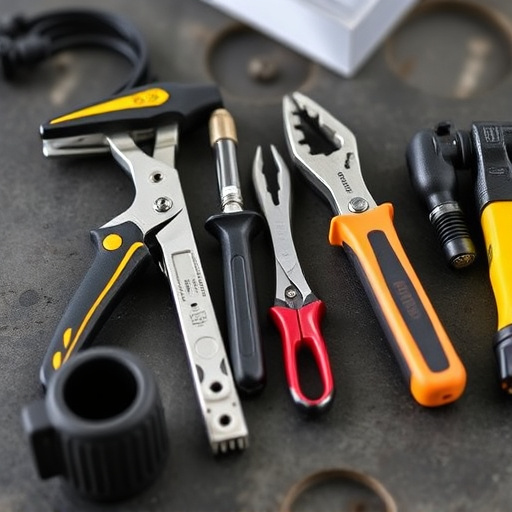
Implementing pedestrian safety features repair requires a strategic approach to ensure maximum effectiveness and minimal disruption in the automotive industry. First, standardization is key; establishing uniform protocols for these repairs across auto glass replacement, paintless dent repair, and automotive body shop services creates consistency in quality and safety standards. This standardization should be coupled with ongoing training for technicians to stay updated on the latest technologies and methods in pedestrian safety feature repairs.
Looking ahead, technology will play a pivotal role in shaping the future of these repairs. Advancements in materials science could lead to lighter, stronger, and more impact-resistant components, enhancing overall vehicle safety without compromising resale value. Additionally, automation in auto glass repair and paintless dent repair processes promises increased efficiency, reduced labor costs, and faster turnaround times, making repairs more accessible and convenient for both consumers and dealers. These future prospects not only ensure better pedestrian safety but also contribute to a smoother transition towards a more sustainable and technologically advanced automotive landscape.
Pedestrian safety features repair plays a pivotal role in enhancing vehicle resale value by demonstrating a commitment to both safety and sustainability. By implementing these repairs effectively, automakers not only improve the overall security of their vehicles but also attract environmentally conscious buyers who prioritize responsible ownership. As the demand for safer and more eco-friendly cars continues to grow, focusing on pedestrian safety features repair will remain a strategic priority for the automotive industry.
